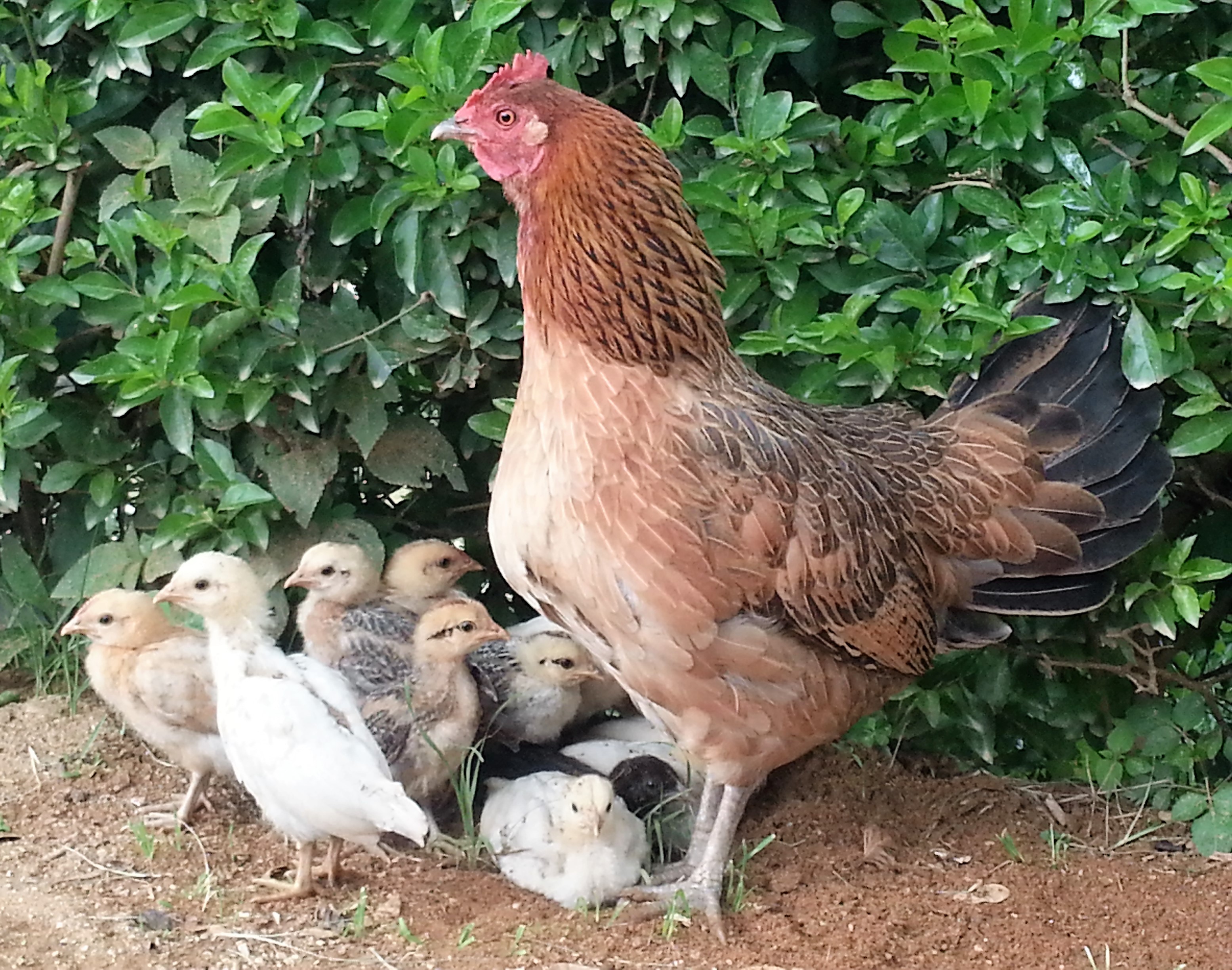Post by rock on Jul 13, 2019 20:32:19 GMT

human
domestic dog

most bears [grizzly bears , black bears , spectacled bears]

pig

rat

gorilla

chimpanzee

orangutan

chickien

catfish
some animals that are omnivores include , humans ,most bears , chimpanzees , domestic dogs , pigs , rats , chickiens , catfish , orangutans and gorillas , omnivores tend to have sharp teeth like carnivores and flat teeth like herbivores , for example humans , humans have flat teeth in the back for grinding and have four sharp canines in the front for eating meat and some sharp teeth in the back for chewing meat , omnivores tend to eat many types of berries , fruits , vegetables meats [meats include , insects , amphibians , eggs , birds , reptiles , fish , arachnids and crustaceans] , leaves , grains , nuts and wheat , however some omnivores like bears and pigs for example have the abillty to eat grasses , sedges and flowers however most omnivores do not have the abillty to digest grass , omnivores can digest raw or cooked meat , however due to limitations in their digestive system many cannot do some things carnivores can do like digest blood for example. omnivores can digest almost anything , carbohydrates , proteins , fat , fiber and get nutrients from both plants and meat , what makes a omnivore a omnivore is not if it eats meat as you can feed a horse meat and hay all its life but that still does not make the horse a omnivore because it is only getting nutrients from the hay not the meat , what classes you as a omnivore is if you can get nutrients from plants and meat , humans and bears for example can both eat plants and meats and get nutrients from both while something like a horse can eat meat and get no nutrients from it. omnivores can also be frugivores or granivores meaning a animal that is a omnivore that mostly feeds on fruit but also can eat/get nutrients from meat like chimps and orangutans for example , omnivores tend to have a PH level in their stomach of 1.5-3.5 for digesting meat.
The word omnivore derives from the Latin omnis (all), and vora, from vorare, (to eat or devour), having been coined by the French and later adopted by the English in the 1800s.
Though Carnivora is a taxon for species classification, no such equivalent exists for omnivores, as omnivores are widespread across multiple taxonomic clades. The Carnivora order does not include all carnivorous species, and not all species within the Carnivora taxon are carnivorous. It is common to find physiological carnivores consuming materials from plants or physiological herbivores consuming material from animals, e.g. felines eating grass and deer eating birds , From a behavioral aspect, this would make them omnivores, but from the physiological standpoint, this may be due to zoopharmacognosy. Physiologically, animals must be able to obtain both energy and nutrients from plant and animal materials to be considered omnivorous. Thus, such animals are still able to be classified as carnivores and herbivores when they are just obtaining nutrients from materials originating from sources that do not seemingly complement their classification. For instance, it is well documented that animals such as giraffes, camels, and cattle will gnaw on bones, preferably dry bones, for particular minerals and nutrients , Felines, which are usually regarded as obligate carnivores, occasionally eat grass to regurgitate indigestibles (e.g. hair, bones), aid with hemoglobin production, and as a laxative.
obligate omnivores are animals that need both meats and plants to substain , these would include , humans , chickiens , rats and bears who all require both meats and plants to sub-stain , omnivores that are not obligate would include , domestic dogs , pigs , chimps , orangutans and gorillas as all of these organisms can sub-stain off just plants or just meats depending on their respective diets of what they are mostly made to eat for example dogs can survive on meat only diets but not plant only diets and chimpanzees can survive on plant only diets but not meat only diets .
behavioral omnivores
behavioral omnivores include , lions , tigers , rabbits , horses , cows , wolves , giraffes , sheeps , deers , hippos and elephants , all these animals are either carnivores or herbivores but will sometimes engage in eating vegetation or meat , for instance deers and rabbits eating meat and lions and tigers eating fruit , what stops any of these animals from being omnivores is that they cannot get nutrients from any of these sources only from meat or vegetation and eating too much of these foods can make them sick .

lion eats watermelon
rabbit eats fish

deer eats rabbit

tiger eats watermelon
carnivorous omnivores
carnivorous omnivores include , humans , domestic dogs and catfish and more , these organisms have a diet made up of mostly meat , for instance dogs and humans tend to eat 80% meat and 10-30% plants as a whole meaning that they are closer to being carnivores than herbivores in terms of diet but it also means they eat more meats than plants.
herbivorous omnivores
herbivorous omnivores include , pigs , gorillas , chimps , orangutans and some bears that mostly eat vegetation , all of these animals are animals that make up a diet of mostly plant life , some bears like the american black bear tends to mostly eat berries and other types of fruits and vegetables and grasses , and small portions of meat
bear.org/berries-a-critical-food/
however these animals are classed as omnivores due to their abillty to get nutrients from vegetation and meat even though most of their diet is vegetation.

